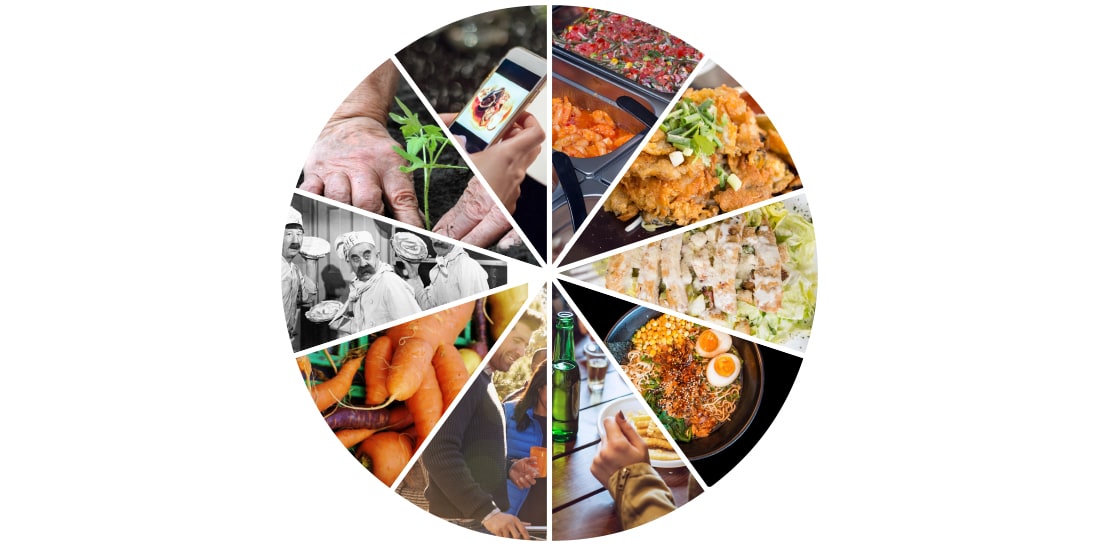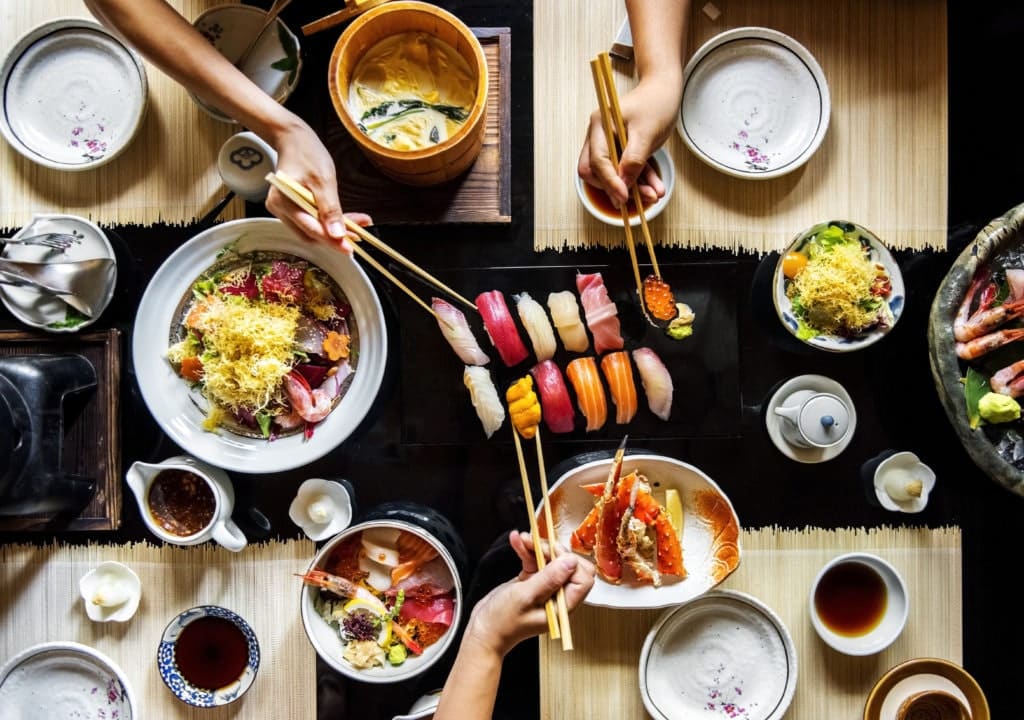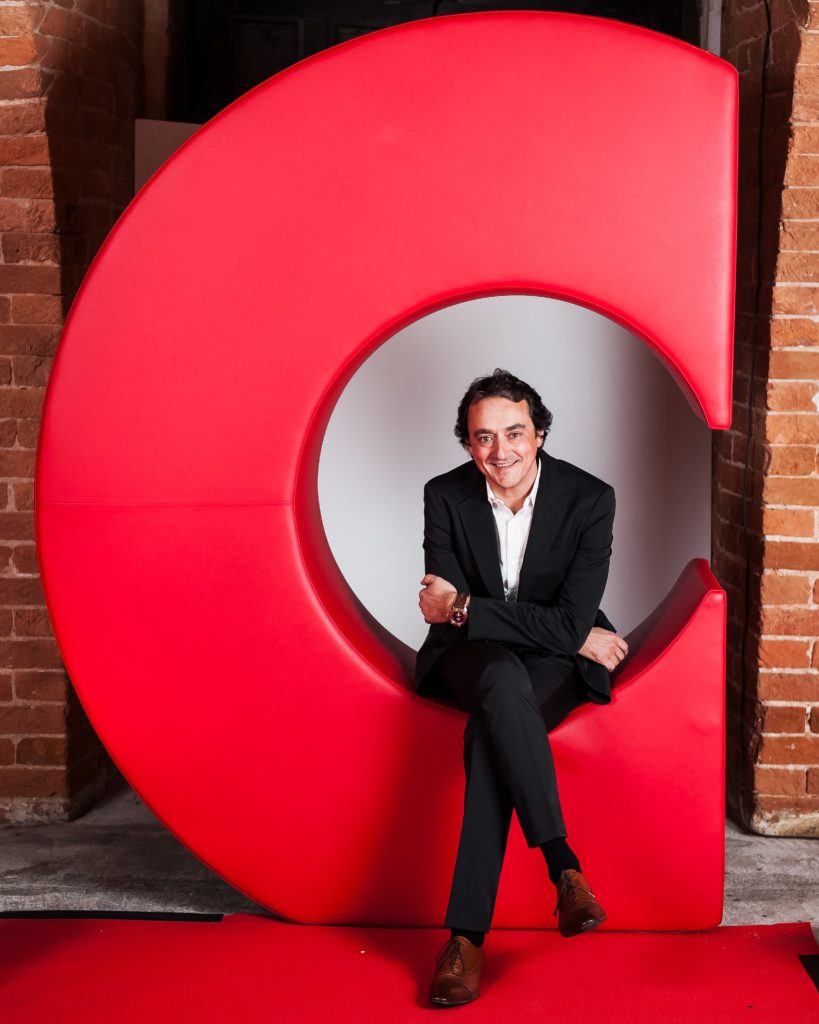
If 2016 taught us anything it was that the political and economic future of Europe is proving very hard to predict. Mapping future trends in foodservice is, thankfully, a little more straightforward. Here are the megatrends that will impact the region in 2017.
Adventurous
As the northern European market matures, and consumer confidence begins to return, consumers in the UK, Germany and Scandinavia will be throwing caution to the wind, says Jack MacIntyre, lead analyst at food and beverage research specialists Canadean. Customisation will be a major trend, with fast casual operators looking to emulate the success of burger chain Five Guys, which offers 250,000 different combinations of burger toppings. “Consumers are demanding this a lot more, and are willing to pay more for it,” he says.
Asian
As northern European consumers move away from more established chains and flavours, there is set to be an opportunity for more unusual Asian cuisines, both for independent restaurants, and from larger operators. Those offering Vietnamese and Cambodian menus could do well, as consumers are more willing to experiment. This could be an opportunity for street food operators, predicts Bidvest Foodservice, as bold flavours from untraditional oriental regions are introduced to consumers’ palates through smaller portions and more exploratory formats.
Health
In 2017, says MacIntyre, we can expect to see the end of health and indulgence as mutually exclusive concepts. He uses the example of Pod and Tossed in London, UK, that offer “an element of indulgence” by allowing consumers to pick their own proteins for a salad, for example. “If a consumer knows which farm their burger comes from, and maybe even sees where it is being made, they’re likely to think it’s healthier,” he says. Market intelligence agency Mintel also notes that more campaigns and innovations to make it easier for lower-income consumers to fulfil their healthier eating ambitions will be needed.
Bowls
From Ramen to Buddha bowls, Asian flavours have come together with the enduring health trend, bowls – particularly common at fast casual and lunch outlets. Bidvest predicts this trend will continue, and expand on the “layering” approach to food production. Single bowl meals with grains, rice or noodles layered with vegetables, condiments and proteins. Health food retailer Whole Foods lists Japanese Breakfast Bowls as one of its products to look out for, normally made up of rice, avocado and fish.
Blurred lines
With fast food operators’ trialling alcohol sales, and pubs improving their food offering, lines between different types of outlets will become less distinct. “Everybody is offering everything better,” says MacIntyre. “The lines between what is a full-service restaurant, what is a quick service restaurant and what is a pub are becoming really blurred.”
Mileurista
In Southern Europe, however, the market is more challenging. In Spain, in particular, the youth unemployment rate is at 45%. The term mileurista, used to describe those earning €1,000 a month, has been coined to represent the younger Spanish population. It defines those who are highly educated, living with their parents and working in insecure, temporary jobs. They are searching for an outlet to be unique and experimental, which has seen a rise in Americanised, “gimmicky” menu options, says MacIntyre. Fast casual brand Telepizza, for example, has released a pizza burger.
Nostalgia
For older generations in less-established economies however, their economic frustration is resolved by “harking back to simpler times”, says MacIntyre. Countries known for their strong food-based cultural identities have seen a degree of Americanisation in recent years. “Consumers in Italy and Spain are saying they want to eat more local food. We can expect to see localism emerging, and will also see more independent operators and chain operators taking advantage of this trend and offering more food items.”
Waste not
According to Mintel, consumers globally will be looking to reduce the amount of waste they create, with retailers following the example of French grocery store, Intermarché, which was the first to promote the “ugly” fruit and vegetable campaign, seen across European countries in 2016. In the UK, supermarket Asda has launched its budget vegetable box scheme, filled with enough misshapen produce to feed a family of four for £3.50. In 2017, Mintel said, more attention will be given to innovations that commercialise edible food waste. Technology will also play a part, it said. This includes a Dutch app, Koken met Aanbiedingen (Cooking with Offers) that helps people create meals using ingredients that are on promotion, and the Too Good To Go app, which lists offers on food that would otherwise be thrown away.
Feel good
An understanding of ethical and sustainable food is likely to spread right across the sector. The International Society of Hospitality Consultants believes that social enterprises are set to secure a more substantial place in the hotel market. The Magdas Hotel in Vienna, Austria, opened in 2015 – staffed by refugees, while the Good Hotel – a floating hotel which opened in London’s Royal Docks in November, aims to help long-term unemployed people get back into work.
Photogenic
The appetite for social media sharing shows no sign of waning, and UK supermarket Waitrose says in its annual food review, consumers are expressing themselves through food like never before. “Food is today’s hottest social currency,” it says. Photogenic, “Instagrammable” dishes such as the Australian export the freakshake, rainbow bagels, and colourful spiralised vegetable salads are highlighted in the Waitrose Annual Food Review.
Ellie Clayton




